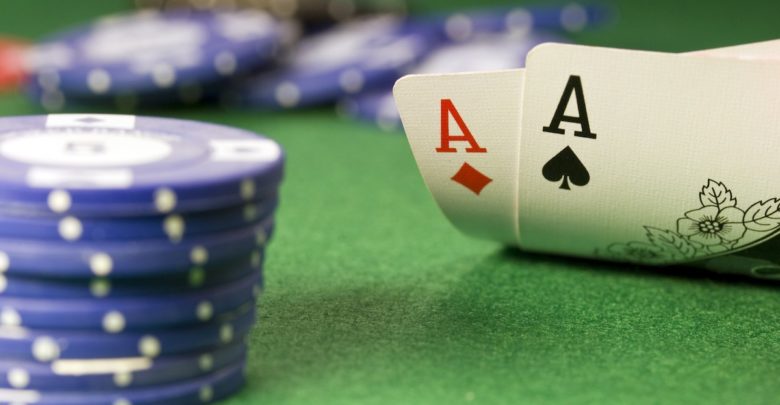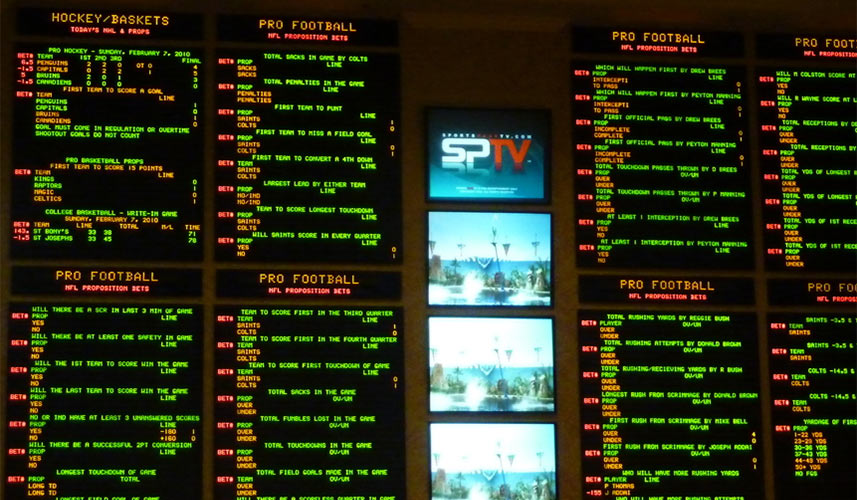Betting Strategy: Determine Your Bet Size with Confidence in Texas Hold ‘Em

One of the most underrated skills a poker player can have is the ability to calculate their proper bet size. Understanding how to correctly use bet sizes is what separates skilled poker players from absolute beginners. Improper bet sizing is the common mistake among beginners and the tell-tale sign of their inexperience. When playing poker, it’s very important to consider the result you would like to achieve before you make a bet. Knowing when to bet is important, but knowing how much to bet is even more crucial.
Bet Sizing before the Flop
A solid rule for beginners is to raise three times the big blind, plus one big blind for every limper in the pot. This way, if it folds to you, raising three times the big blind is often enough to ensure the field of players doesn’t grow too large. Beginners, after all, often make the mistake of raising the same amount regardless of the players already entered the pot. It’s simply easier to play poker against fewer opponents, and if you don’t increase the size of your bet you’re inviting trouble post-flop.
For many years now, this 3x + 1 for each limper has been the standard pre-flop bet used by the majority of skilled poker players. It’s just as common to see raises of 2.5x + 1. Many players favour 2.5x because they believe it has the same end result as a 3x raise, but fewer chips are put at risk.
Betting Too Much
While some beginners are guilty of not betting enough pre-flop, another typical beginner mistake is betting too much pre-flop. This would be like raising 5x-6x the size of the blinds when you’re first to enter a hand in a game where the standard raise is 3x. Yes, everyone might fold, allowing you to pick up the blinds – and if that was your goal, then it worked. However, what if you intended to maximize your winnings with a solid starting hand? Your failure was likely the result of improper bet sizing.
Adjusting Your Bets
Be sure that you’re bet sizing on the tendencies of the poker players at the table and in other situational factors. Make sure you adjust if you find yourself in a game where the 3x (or 2.5x) betting formula does not accomplish your goals. After all, different games play differently. Maybe you’re in a game that requires 4x to 6x the big blind to consistently accomplish your pre-flop objectives.
Bet Sizing after the Flop
The miss-sizing of bets can also occur after the flop. That said, how much should you bet? While your bet size should always depend on the situation, a general rule of poker is to bet between ½ the pot and the size of the pot or some relevant ratio. This is a sound strategy as it will usually give draws incorrect odds to call, get worse hands to call, and often get better hands to fold.
The size of your post-flop wagers should always be related to the amount in the pot. For instance, let’s say you’re playing in a no-limit cash game and the pot contains $20 after the flop. A responsible bet size would be $15. However, on the next hand, the pot may be smaller, so let’s say it’s just $12. If you’re sticking with the same bet size then, based on the pot, your bet should be $9. This is, of course, assuming you’re betting 3/4 of the pot. And for the turn? Well, if you bet the flop and get called, then there’ll be more money in the pot. You’ll have various options on the turn, but if you decide to place another bet, then it should again be based on the size of the pot. This way, your bet on the turn will be more than the flop. Many beginners fail to adjust the size of their wagers to the amount in the pot, which is an easy mistake you should always avoid.
Varied vs. Consistent Bet Sizes
Since the size of your bet is constantly being watched by your opponents, as well as other players, it’s very important that you do not have patterns in your play, both pre-flop and after the flop. A common pattern for beginners is to bet more with a strong hand and less with a weak hand. This will eventually become very predictable and, thereby, exploitable, making it easy for opponents to pick up on.
To prevent being predictable, there are two schools of thought: vary the size of your bet or keep betting the same increment every time. The reason why you would vary your bet sizes is to simply throw off your opponents and keep them guessing. At the same time, that is also the goal of staying consistent. If you bet the same amount whether you have a hand or are bluffing, your bluffs are more believable, and your opponents cannot pick up patterns in your play.




